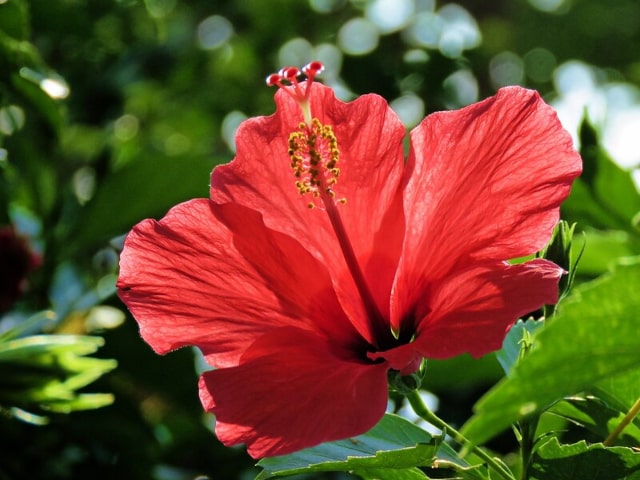
Hibiscus is a beautiful plant many people love to have in their garden. This bush is gorgeous so it can truly make any garden more attractive. If you wish to grow hibiscus, it is important to know a few basic facts about the plant and some basic growing tips that will make your hibiscus thrive.
One good thing about hibiscus is that it's more winter hardy than it may seem. Since its botanical name is Hibiscus syriacus, many people assume that it originates in the Middle East and that it's a heat-loving plant. In reality, the plant originates in the Far East, where winters can be pretty harsh. In other words, hibiscus is a relatively hardy plant that can survive in winter. Those in America who wish to grow hibiscus don't need to be afraid: chances are that your hibiscus can survive the winter without any problems.
Hibiscus Leaves
Many people wonder about hibiscus leaves. This plant is known for its beautiful leaves but they might not be present during the majority of the year. Some hibiscus plants are bare until May. This is normal and it's not a sign that your plant is dying.
Just be patient, take a good care of your hibiscus and it should regain tis gorgeous oak-like leaves around May. The leaves will stay strong and beautiful throughout the summer. During late summer you will notice that the leaves turn yellow. They will start falling off in early autumn.
As the leaves fall, you will notice more and more flower buds on the plant. The flower buds will typically be closed.
Hibiscus Flowers
Hibiscus flowers differ based on the variety. The single varieties are the best to grow and are the very common. They have flowers with five petals, with a prominent column of stamens. The hardy varieties of hibiscus have flowers of the similar size.
There are also hibiscus varieties with white flowers. For example, "Dorothy Crane" variety has beautiful white flowers with a bit of cerise in the center. There are also hibiscus varieties with purely white flowers. For example, "W R Smith" variety and "Diana" variety, both of American origin, display beautiful white flowers.
In addition to these varieties, there are several hibiscus varieties with beautiful purple and mauve flowers.
Tips for Growing Hibiscus
Here are some useful hibiscus growing tips that will help your plant thrive:
- Hibiscus plants are considered to be hardy. You don't need to provide them with constant care in order to make them grow. However, caring for your hibiscus does have numerous advantages. For one, your plant will grow stronger and healthier.
- It is important to prune your hibiscus every spring. If you don't prune it, your hibiscus will grow to the size of hawthorn tree. It can also get pretty "wild". This is why pruning is essential.
- Hibiscus plants grow on the current season's growth. Keep this in mind when deciding how to prune your hibiscus. If you hard prune your plant it can lead to the production of numerous side shots. This will make your plant flower a lot. Every smaller branch that starts from the main framework can be cut back and then produce four or five new shots. It can produce new sub branches in a matter of 3 to 4 months, each with numerous clusters of flower buds. By the end of the summer, you can get all these clusters of flower buds on the new sub branches. If you cut these new sub branches the nest season the plant will produce new shoots and flowers will develop from the cut branches. Keep this in mind when deciding how to prune your hibiscus.
- To make your hibiscus grow strong and produce many flowers, make sure to provide it with plenty of sun. Hibiscus need a sunny position to produce rich flowers.
- At the same time, hibiscus needs a lot of humus in the soil. This makes them different than so many other sun-loving plants. They need plenty of humus to thrive. Keep this in mind when planting your hibiscus.
- Don't forget about fertilizing your hibiscus. You need to provide it with an annual dose of rose fertilizer. This will promote the growth and make your hibiscus thrive.
- If you want to train your hibiscus bush into a standard, find the strongest main growth in the bush. Tie the growth to a cane and remove other main growths. Make sure to shorten only those shoots that go directly from the selected branch. Tie in the tip of the branch as it elongates and shorten any side shoots developing from it to a couple of inches. After your standard has reached the height of about 4 feet, simply remove the tip to encourage the new branches forming to develop the head. You should do this in spring. It is best to let new branches develop to the length of about one foot. The next spring, simply cut them back by half. It is very important not to remove any side branches before the head is formed. The head has to be fully formed and the trunk should be thick enough so it can stand without support. Only then it's safe to remove side branches.
- Hibiscus makes a great companion with other sun-loving plants. This is particularly true for those with silvery leaves. Some of the best companion plants for hibiscus are those in the wormwood family, particularly Artemisia ludoviciana. This plant has the so-called "running" roots so you need to be careful with it. However, it does make a great companion for hibiscus plants. This plant produces plenty of grey foliage in spring. The foliage slowly grows and elongates into stems that are about 18 inches long. These become plumes of half-opened buds that are greyish in color. These look good as a companions to hibiscus. Another good idea for a companion plant is one of the dwarf lavender varieties, such as "Nana Alba". Plant it around your hibiscus bush to have a great companion plant for your hibiscus.
Photo credit: red beauty
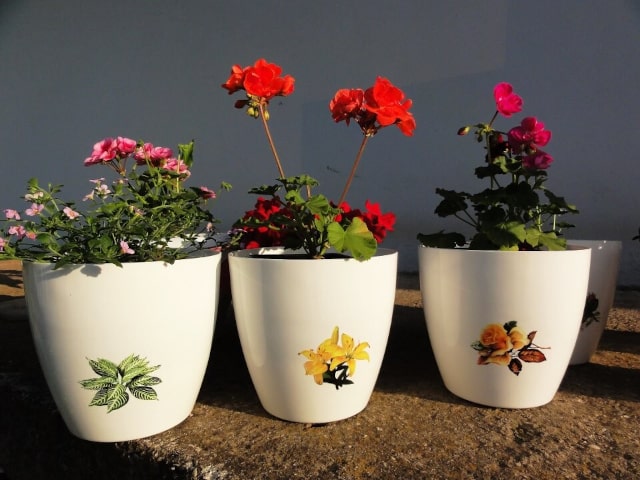
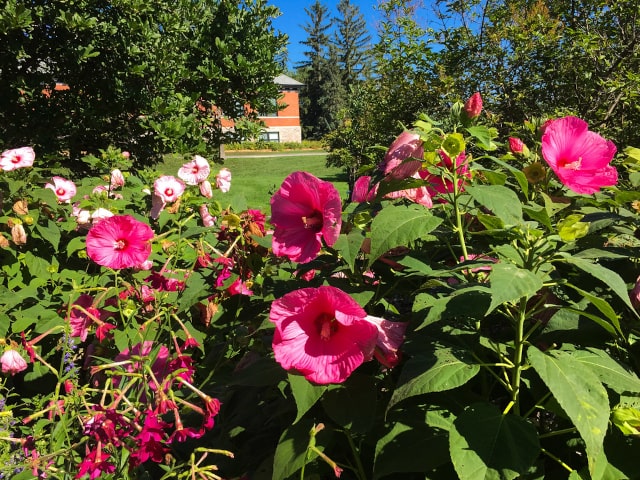
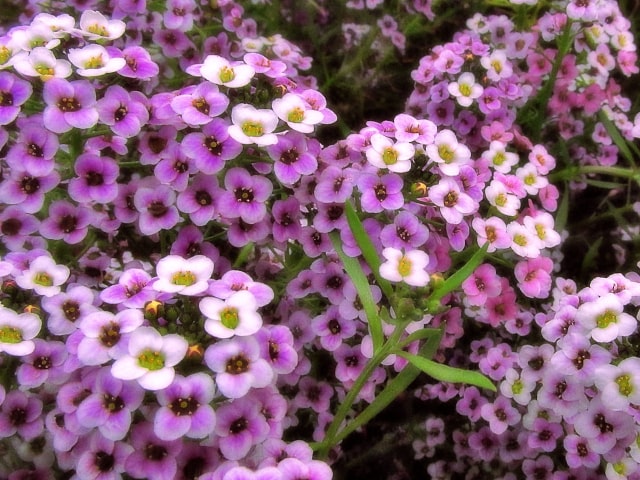
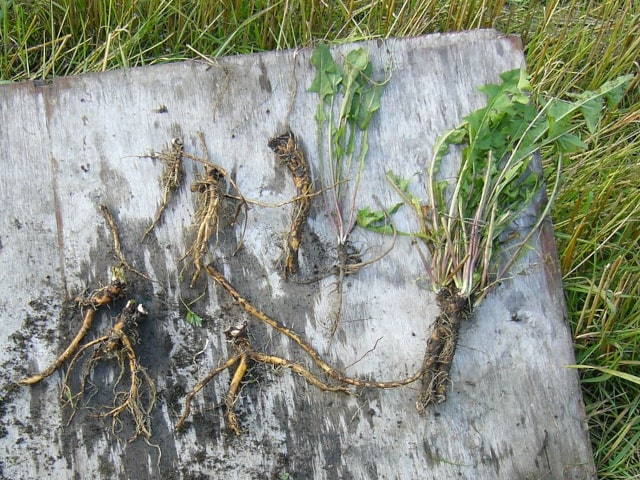
1 Comments
Hi there, I am trying to get tips for pruning and other info for my hibiscus. I was told by someone, to cut the previous years growth down to about 1.5 inches. It seems that this year all the growth, new stems and flowers have grown from around this central site of old stems. Have also noticed that the new stems are not so thick as last year. In fact they look quite fragile and I am supporting them as they seem to blow about a lot. Can you help at all, or should I start again. I have plenty of beautiful blooms and green leaves 3/4 way up stem.
Many thanks for any guidance.